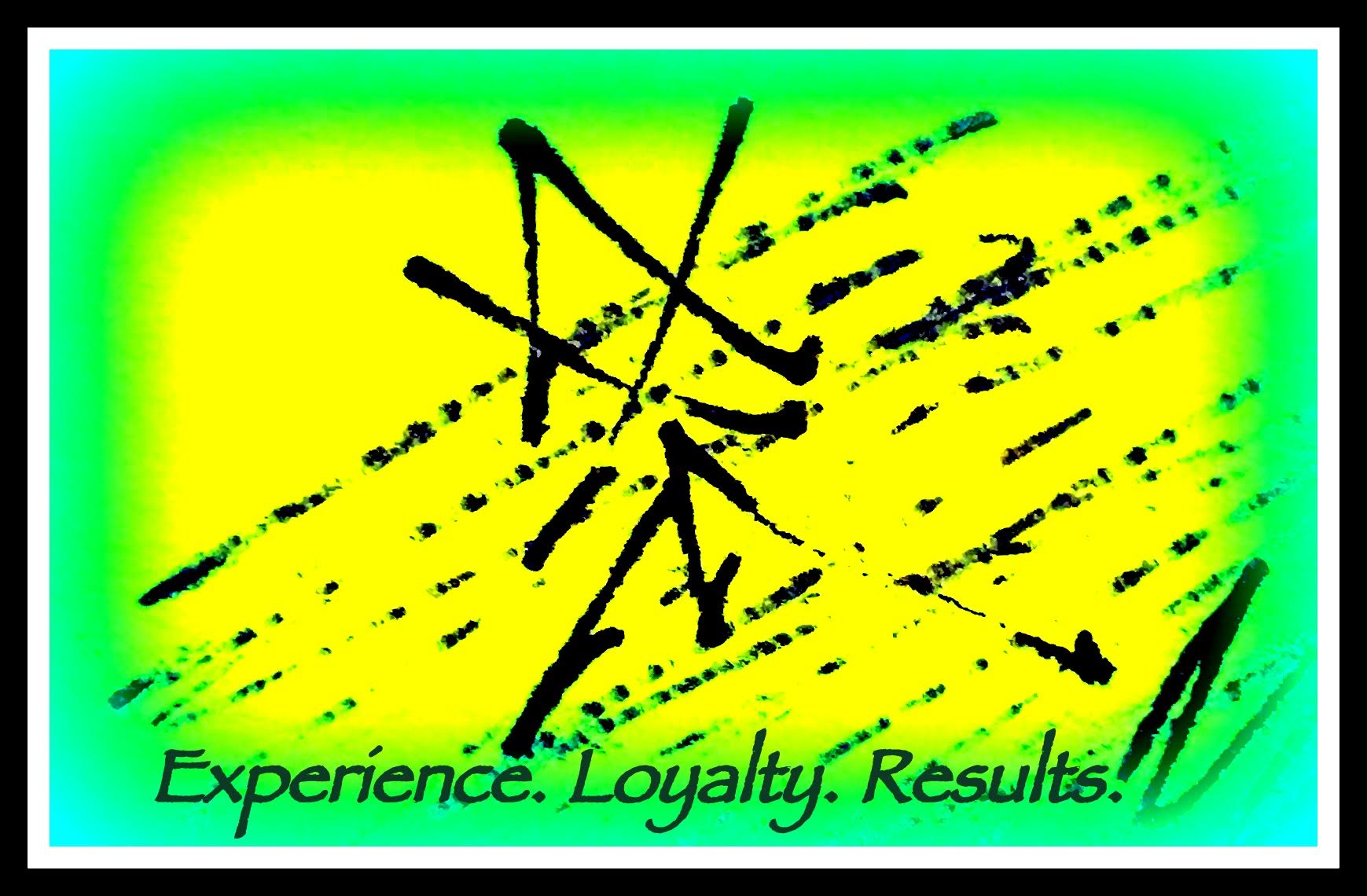Lawsuits are based on the ubiquitous phenomena of “mistake.” We file when there’s been an “accident,” inadvertent harm caused by the neglect, carelessness, or inattention of another. Those who practice in this area can come to believe that every “mistake” is actionable. We see some kind of harm that’s occurred and we immediately conclude that another’s “negligence” is the cause. Juries, however, may at times see things differently. Even when they’ve been presented with obvious evidence of a “mistake,” they decline to compensate. Why?
For one reason, there’s a difference between an “excusable” and “inexcusable” mistake. Webster defines “excuse” as “to forgive entirely or disregard as of trivial import.” Webster defines “inexcusable” as “impossible to excuse or justify.” What are the elements of an “inexcusable” mistake?
The absence of justification. No reason exists to justify what’s occurred. The acts and omissions committed are utterly without a good-faith basis. There’s no post hoc explanation that can explain reasonably the harm-inducing cause. In court, the absence of justification cannot be assumed but needs to be set out and demonstrated.
The presence of aggravating factors. Mere inadvertence differs in kind from recklessness. Reckless behavior occurs without regard to consequence––and there are the added elements of “probability of great harm” coupled with “uncaring and indifferent” attitude/behavior in the face of a “known significant risk.”
The ease of avoidance. How easily could the incident have been avoided? If a simple, small effort could have prevented the entire event, this gives rise to a higher likelihood that the mistake will be deemed “inexcusable.”
Foreknowledge of what would likely occur. What advance warnings were there? What signs were present? The greater the degree of foreknowledge, the less chance you’ll be met with the argument that the incident was “unforeseeable” and “could not have been anticipated.”
In their well-worth-reading and insightful book Flirting with Disaster: Why Accidents are Rarely Accidental, Marc Gerstein and Michael Ellsberg conclude with five rules of accident avoidance: “The first rule of preventing and coping with accidents is understanding the risks you face.” “The second rule is to avoid being in denial.” “The third rule is pay attention to weak signals and early warnings.” “The fourth rule is that it is essential not to subordinate the chance to avoid catastrophe to other considerations.” “The final rule: Don’t delay by waiting for absolute proof or permission to act.”
These five points provide a useful checklist for distinguishing between an “excusable” versus “inexcusable” incident. The authors write:
“Contrary to intuition, accidents don’t “just happen,” and are often not accidental at all. Many complex machines and systems exhibit hints that they are about to fail, and many poorly designed systems experience near misses before the “big one” hits…We all have to make judgements regarding risks. Figuring out the right thing to do is usually not that difficult. And yet, we often don’t do what we know to be the right thing. The problem is that we must go against our intuition, expend money or time we’d rather use elsewhere, or rub against the grain of the organizations in which we work. None of those choices is easy, since the costs in money and trouble are guaranteed while the benefits are not. That trade-off is in the very nature of uncertainty.”
In our quest for achieving a particular result, we can neglect to obtain and sift through all of the facts needed for others to reach the conclusion that the incident was “inexcusable.” Mere neglect or inadvertence often is not enough; something more is required. A comparison between light and dark, normal and abnormal, reasonable and unreasonable––these too can help shed some light on the degree of culpability.
The more interesting question is whether to use the word “inexcusable” during closing argument. That’s not a “show” word, it’s a “tell” word. Thus, it’s to be used sparingly, if at all. Perhaps the best practice––permit others to draw their own conclusions. An unlabeled fact is authentic, unfiltered; a labeled fact is processed, prepackaged. It’s okay to package to some extent as long as others know the product contained within is genuine.
All quotations from: Marc Gerstein, Michael Ellsberg, Flirting with Disaster: Why Accidents are Rarely Accidental (Sterling Publishing Company 2008)(pgs. 241-243)




